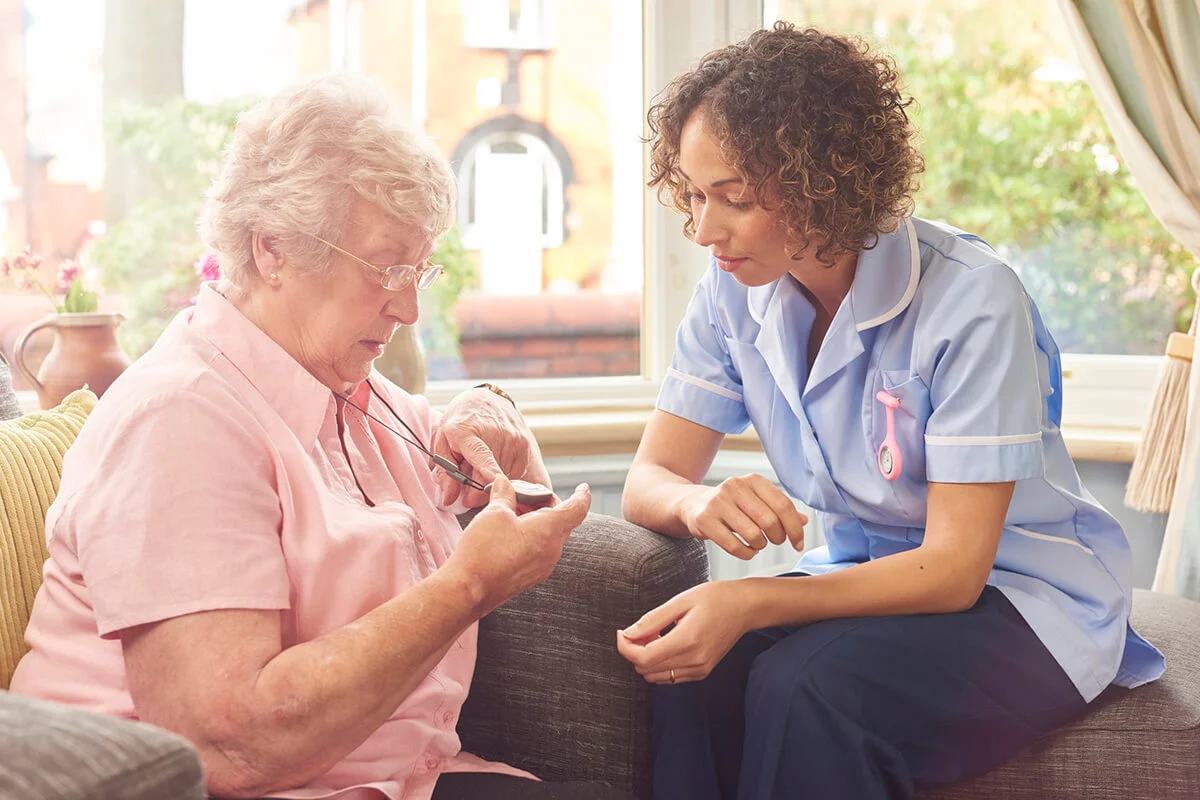

If you’re like most people, you probably don’t think about emergencies until they happen. And by then, it may be too late. That’s why it’s important to have a plan in place for when disaster strikes. One way to do that is to invest in a medical alert systems.
Medical alert systems can provide peace of mind in case of an emergency, whether you’re at home or out and about. But with so many different types of medical alert systems on the market, it can be hard to know which one is right for you.
Here is everything you need to know before buying medical alert systems.
Table of Contents
There are three main types of medical alert systems: home-based, mobile, and wearable. Home-based systems are installed in your home and include a base unit that communicates with a wearable pendant or wristband. If you need help, you can press the button on the pendant or wristband to send a signal to the base unit, which will then contact emergency services.
Mobile medical alert systems are similar to home-based systems, but they can be used anywhere there is cellular service. Wearable medical alert systems are small and portable and can be worn around your neck or on your wrist. They typically include a pendant or wristband that can be worn around the clock.
All medical alert systems are different, but they all do more or less the same thing. When you press your pendant or wristband button, it sends a signal to your base unit, which then contacts emergency services without requiring you to speak.
Some systems also have a GPS chip that can help emergency services locate you quickly.
Medical alert systems for seniors provide several benefits, including:
If you’re considering buying a medical alert system, be sure to do your research first. There are many different systems on the market, and each one has its own set of features.
The best medical alert devices will depend on your individual needs and preferences. Here are five tips for finding the right one.
Before you buy a medical alert system, think about what you need it for. There are two main options: home-based systems or portable devices, including wearable and mobile.
If you need help primarily at home, a home-based system would be a good fit. On the other hand, if you need to be able to get help when you’re out and about, a mobile system or wearable system would be a better option.
When shopping for a medical alert system, be sure to read reviews from real customers.
In addition to reading reviewer comments, you should also look to see if the product has any warranties or guarantees and what kind of customer service it offers. If a company is confident in its products; it will be willing to stand behind them with a warranty or guarantee.
The best medical alert system is the one that fits your lifestyle the best. For example, an elderly person might want one placed in their bathroom in case they take a fall in the shower. A younger person with an illness that can result in them being easily confused might benefit from an alert device that tracks their movements to prevent them from getting lost. If so, look for a medical alert system with those specific features.
Medical alert system typically come with a monthly fee. Before you buy a system, find out how much the monthly payments are and whether there are any activation or installation fees.
If you have a pre-existing condition, it’s important to talk to your doctor before buying a medical alert system. Your doctor may be able to tell you whether a system could help improve your safety or prevent falls, for example.
Many individuals find medical alert systems to be a wise investment because they can help them maintain their independence and safety.
There are various systems available on the market today, but you must compare your options carefully before making a purchase.
In the relentless pursuit of entrepreneurial success, it’s easy to overlook the most vital asset—yourself.… Read More
A barrel sauna isn’t just a visually striking wellness addition—it’s an efficient and highly functional… Read More
Technology is an integral part of most teenagers' lives today. While devices and social media… Read More
LASIK is one of the most popular vision correction surgeries that offers you freedom from… Read More
Plumbing issues can arise unexpectedly, and understanding the costs involved is crucial for homeowners and… Read More
Skin aging is often associated with external factors like sun exposure and pollution, but inflammation… Read More